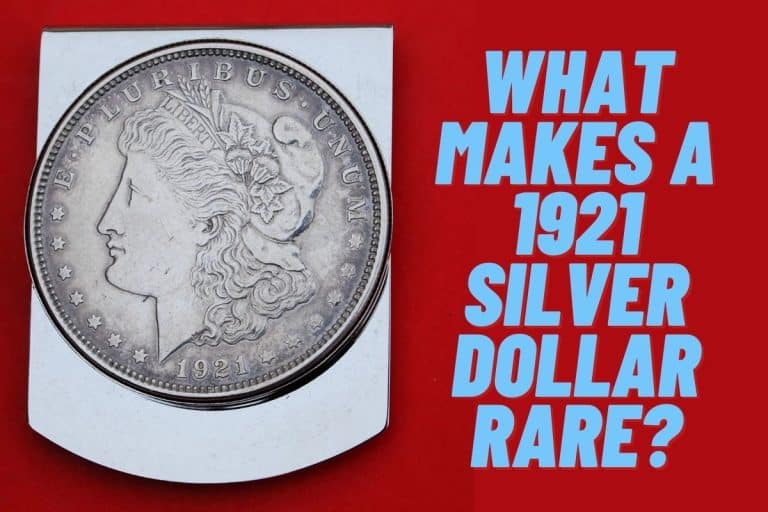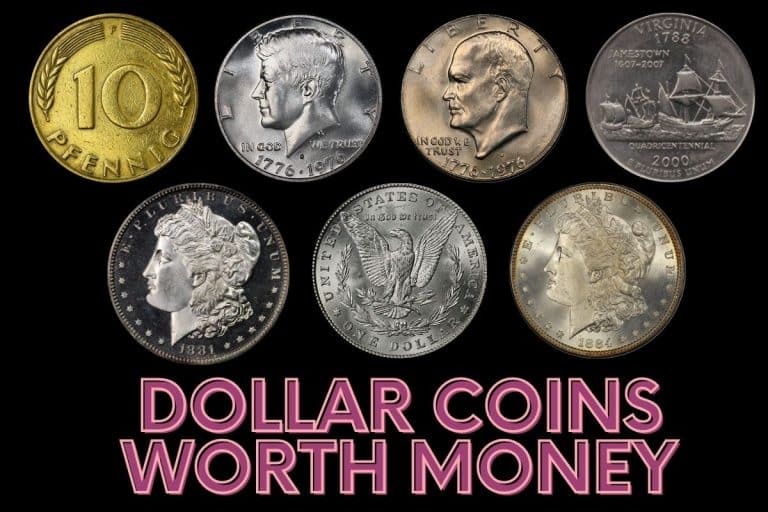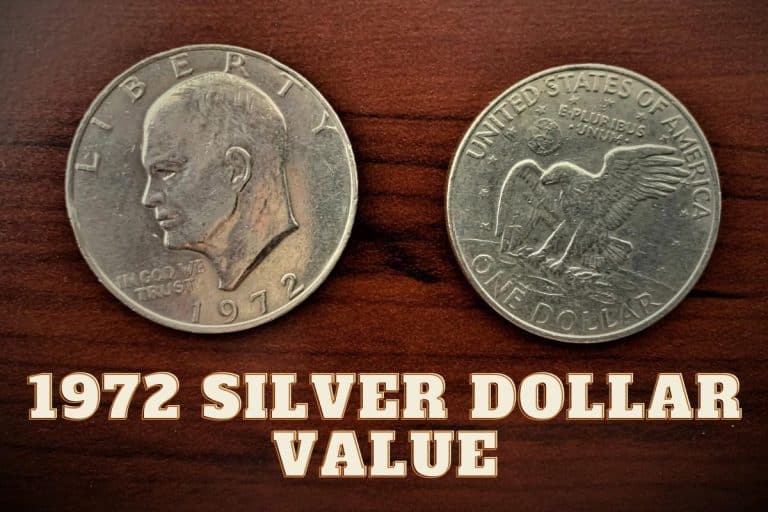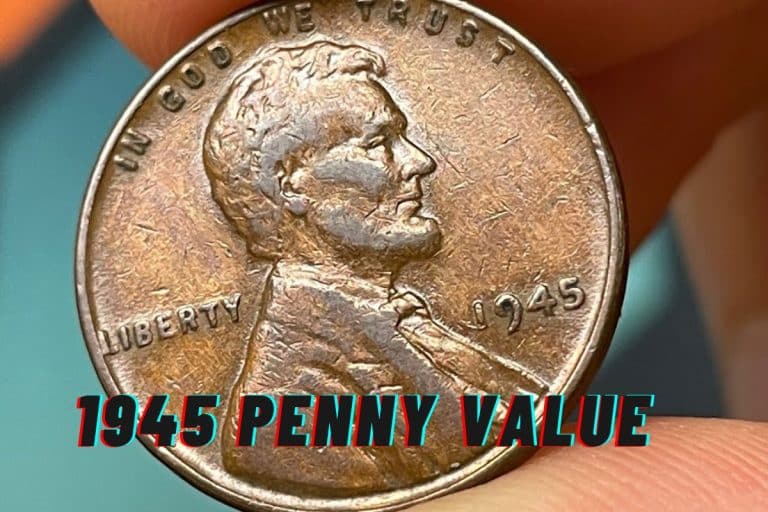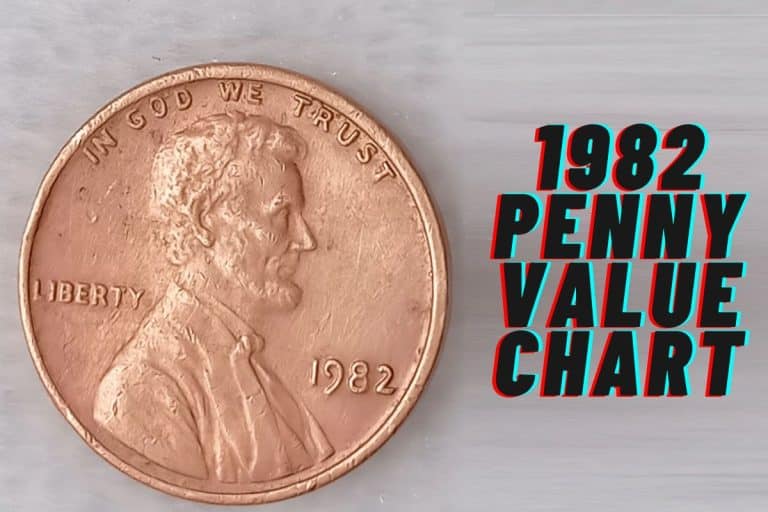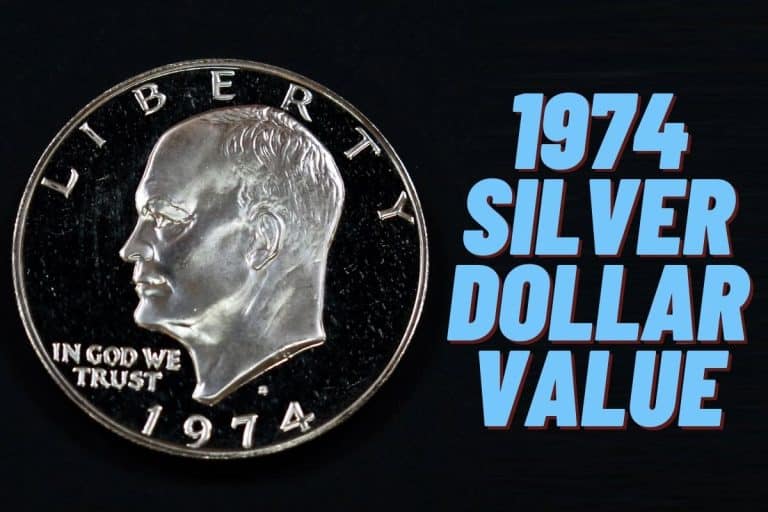While it’s quite uncommon for the craftsmen at mints to make mistakes, something might go wrong in the minting process resulting in unique features on the coins. Therefore, it’s quite difficult to find quarter coins with flaws, but it could be worth a fortune if you find one.
Quarter errors are not only rare but also unique and aesthetically pleasing. This makes them extremely valuable to collectors who are looking for something that sets their collection apart. Therefore, you can choose to treasure them or sell them to get a great fortune.
However, how can you know whether a quarter error is real or fake? Or whether it makes your coin valuable and unique? In this comprehensive guide, we will explore some of the quarter errors that can be worth the money.
Comprehensive List of Most Valuable Quarter Errors Worth Money
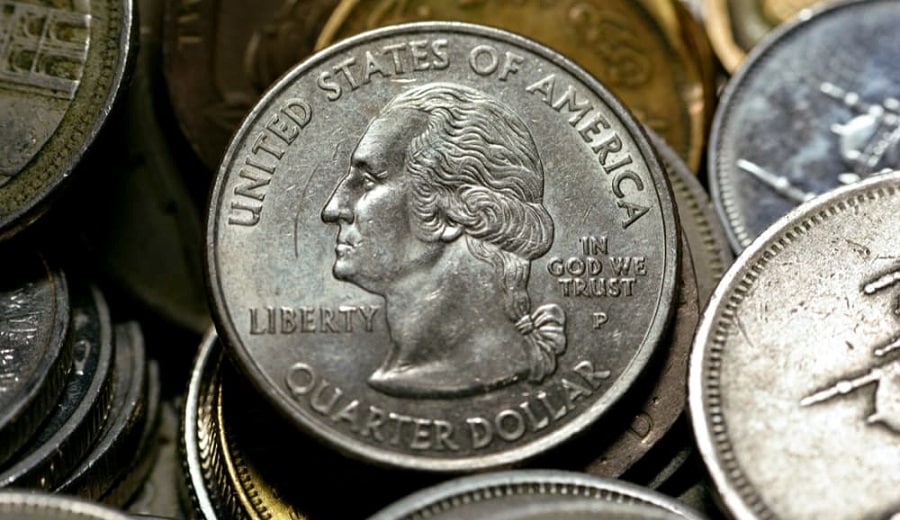
Here is a list of various quarters with errors that make them valuable.
| Coin | Error | Value |
| 1828 Capped Bust 25C | Strike Over | $282,000 |
| 2000P 25C Sacagaweaa | Dollar on obverse / Statehood Quarter reverse side | $144,000 |
| 1905 1C Indian Cent MS64 | Struck on a Quarter Eagle Planchet | $105,750 |
| 2000P Sacagawea Dollar MS66 | Muled With Statehood Washington Quarter Obverse | $88,125 |
| 1925-D Indian Gold Quarter AU58 | Eagle Double Struck in Collar | $66,125 |
| 1918/7S 25C Standing Liberty Quarter | Overdate Minting Error | $48,875 |
| 1825 Quarter Eagle $2 1/2 | Double Struck Cleaned, 40% off center | $45,600 |
| Undated 25C Washington Quarter MS66 | Double Struck With Two Reverse Dies and Indent | $41,975 |
| Type Two 25C Standing Liberty Quarter MS65 | Struck 35% Off Center | $33,600 |
| 1891 25C Seated Liberty Quarter MS62 | Double Struck, Second Strike Off Center | $31,200 |
| 2006-P North Dakota Quarter | Steel Washer Strike | $8625 |
| 1999-P Susan B. Anthony Dollar | Wrong Strike | $6325 |
| 2000-P Maryland Quarter | Wrong Strike | $6325 |
| 2002-P Indiana Quarter | Strike on the Planchet | $4025 |
| 1999-P Connecticut Quarter | Rare and Wrong Strike | $3720 |
| 2004-D Wisconsin Quarter | Extra Leaf | $2530 for the high leaf error and $6000 for the low leaf. |
Types of Quarter Errors Worth Money

While some quarter errors are obvious, others may be more subtle and require a trained eye to spot. Some coins have flaws that one would never think they’d existed. Therefore, it’s important to analyze your coin closely and identify errors before determining its value. Let’s look at the various quarter errors that can be worth a fortune.
Die cap
Coins with a die cap error got stuck in the minting machine causing the next blank planchet to strike against the stuck coin instead of the die. This results in a coin with a flat, smooth surface on one side and a distorted cap resembling a bottle cap on the other.
Wrong planchet
This error occurs when a die of a specific type or denomination coin ends up striking a planchet intended for one denomination or metal type. Typically, the wrong planchet error happens when a half dollar is struck on a quarter planchet and vice versa. You can identify the wrong planchet error by the weight and size of your coin.
Off-Center
When a coin is struck, the planchet is supposed to be centered perfectly under the coin die. However, sometimes the planchet can shift, resulting in a coin that is struck off-center. Therefore, the design is partially printed since it’s above 50% off the center.
Broadstrike error
A broadstrike error is a type of minting error that occurs when a coin is struck without the collar that normally shapes the edge of the coin. As a result, the coin expands outward in all directions, creating a broad, flat surface without any raised edge.
Partial collars
Quarters with this type of error are very rare to find. It occurs when a coin is struck with a collar that is not fully engaged, resulting in part of the edge being flat and part having a raised rim.
Uniface strike error
This type of minting error occurs when a coin is struck on only one side instead of the typical two-sided (or bi-metallic) strike. This can happen when a blank planchet is mistakenly placed on top of another blank planchet or a damaged die that only strikes one side of the coin is used.
Brockage error
This occurs when a previously struck coin is not properly ejected or sticks to the die. Therefore, it will be struck again by the next blank planchet, which causes the mirror or incuse image to be impressed onto the next coin. The next coin will have a mirrored or impressed image of the opposite side due to the previously struck coin getting stuck in the die.
Missing edge lettering
These quarters have missing edge lettering, inscriptions, mint marks, or year.
Double or triple struck
These errors occur when a coin is struck multiple times by the same die, resulting in a design that appears to be doubled or tripled.
Transitional error
This error occurs during a changeover period when a coin series or design is being updated or revised. It happens when a coin is struck on a planchet from a previous year on a planchet with a different metal composition.
Double denominations
Coins with this error are scarce and highly sought after. It happens when a coin has the design of one denomination on one side and the design of a different denomination on the other.
Fold-over strikes
Another quarter error that’s very rare to come across. It occurs when a coin is struck with part of the planchet folded over or bent, resulting in a missing or distorted portion of the design.
Indents
An indent error occurs when one blank partly overlays on top of the other, or a foreign object becomes lodged in the die during the minting process, leaving an impression or mark on the coin.
Determining the Value of Quarters
Apart from errors, various factors can also influence the value of your quarter. They include:
Special Series
The minting date, material combination, and unique designs can make some quarter series more valuable. Here is a list of some of the most valuable quarters series that can be worth a fortune:
- Liberty Seated Quarter
- Capped Bust Quarter
- Washington Quarter
- Standing Liberty Quarter
- Barber Quarter
- Draped Bust Quarter
- Washington 50 States Quarters
Grading Condition
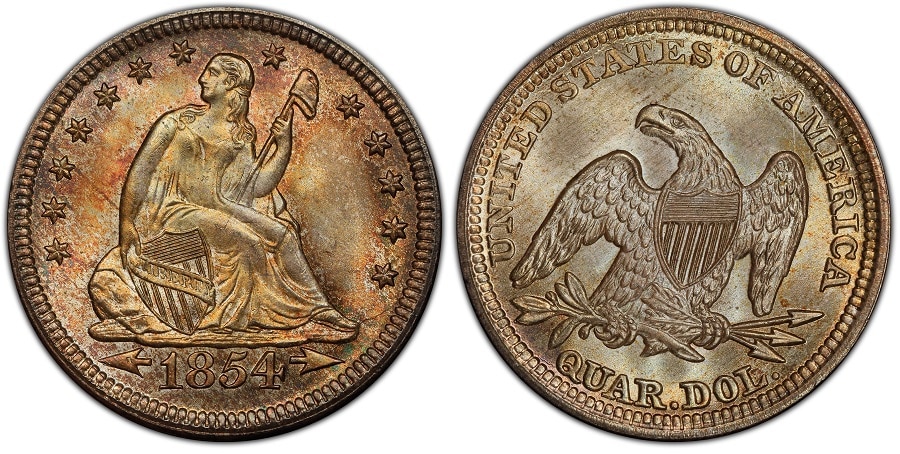
The condition of a quarter also plays a role in determining its value. Quarters in excellent condition, with no wear and tear, are graded as mint state and are generally worth more than good-graded quarters that are heavily worn or damaged. Here are the different grades of quarters from the best to the worst:
- Mint State
- Extremely fine
- Fine
- Good
Special Dates and Mintmarks
Another factor that can increase the value of your quarter is its minting date and mintmark. Quarters that were minted between 1796 and 1840 are more valuable than those minted at a later date. This is because they were minted from the Philadelphia mint, which was the only mint then, and the mintage numbers were very low. They are, therefore, very scarce hence more valuable.
Conclusion
The rarity, uniqueness, and aesthetic appeal of quarter errors make them a valuable and sought-after addition to a coin collection. We have covered some quarter errors that can be valuable to collectors. Using the right tools and knowledge, you can develop a trained eye to spot these unique and valuable coins.
If you think you have a valuable quarter error, it is always best to get it appraised by a reputable coin dealer or professional grading service to ensure you get the best value for your coin.

